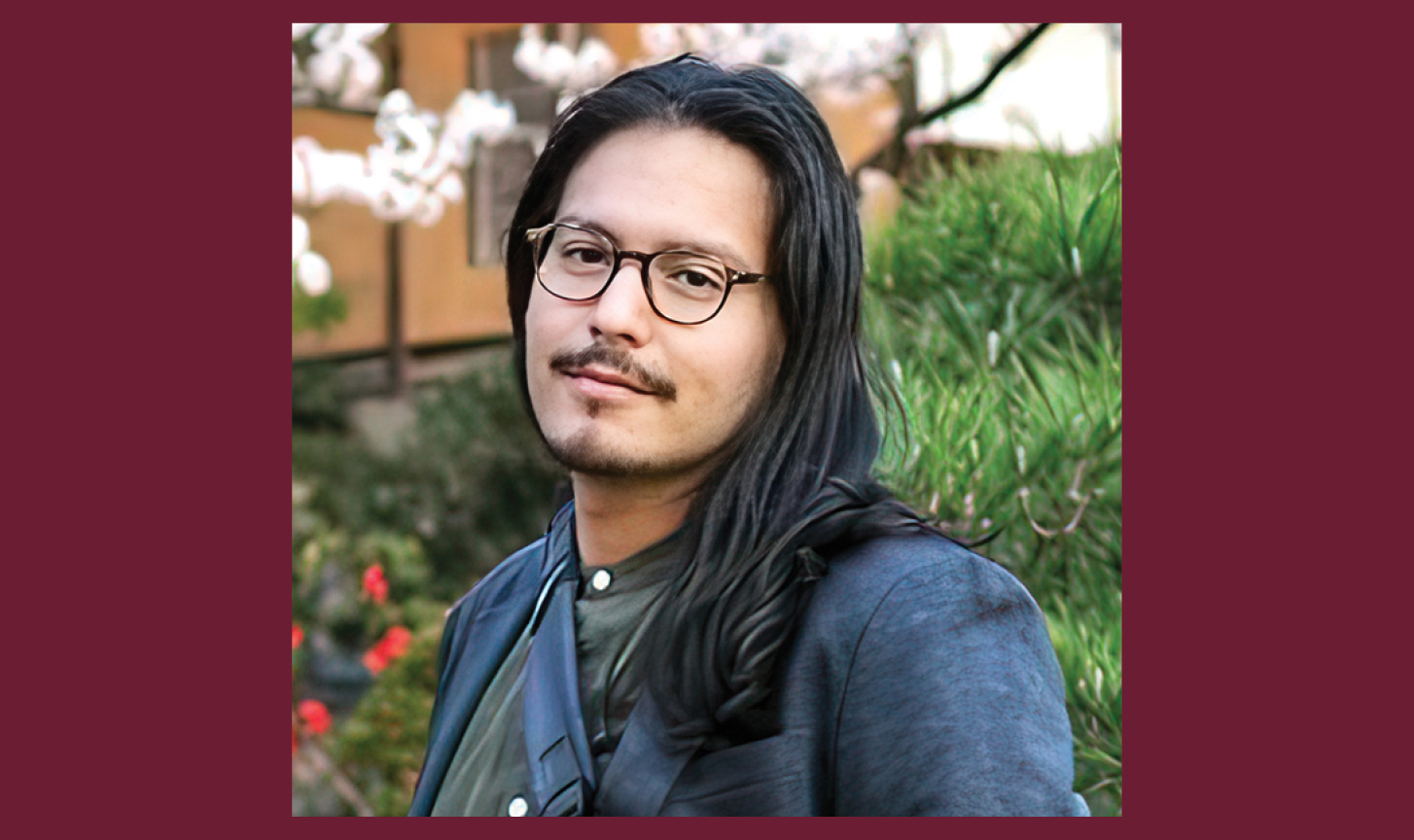- Featured
- Community
WT’s Center for Study of American West to Highlight Forgotten Panhandle Settlers in Pair of Events
Copy by Chip Chandler, 806-651-2124, cchandler@wtamu.edu
CANYON, Texas — A Sunray native and nationally regarded scholar on Chicano studies will discuss often-overlooked settlers of the Texas Panhandle at a pair of upcoming events for West Texas A&M University.
WT’s Center for the Study of the American West will host Dr. Joel Zapata, a Mellon Fellow at the School for Advanced Research in Santa Fe, New Mexico, and assistant professor and the K. Smith Faculty Scholar at Oregon State University, at two discussion sessions.
Zapata will present “Los Llaneros: Forgotten Histories of the Llano” at 3 p.m. Sept. 22 in the Thunder Room inside the Jack B. Kelley Student Center at WT. He will lead “Forgotten Frontera Community Conversation” at 1:30 p.m. Sept. 24 at Caprock High School, 3001 S.E. 34th Ave. in Amarillo.
Both events are part of CSAW’s “Forgotten Frontera: The Mexican American Southern Plains” initiative, which was awarded a nearly-$150,000 grant from the National Endowment for the Humanities in January.
The grant responds to the lack of recognition of the unique Mexican American presence in the Texas Panhandle and Great Plains region, said Dr. Alex Hunt, CSAW director, Regents Professor of English and Vincent-Haley Professor of Western Studies.
Zapata is acutely aware of the need to make those stories visible, both as a scholar and as a Mexican-American native of the Texas Panhandle.
“Growing up on the Plains, there was very little regional history that was told about people of my background and that of about half of my classmates,” Zapata said. “I didn’t know this history existed.”
As a graduate student, Zapata chose to study the “pastores” after coming across them in his research at Panhandle-Plains Historical Museum on WT’s campus in Canyon. Pastores were sheep herders from New Mexico who traveled extensively across the Texas Panhandle beginning in the mid-19th century.
“The existence of the pastores really tells us that the Great Plains has always been a crossroads of various people for hundreds of years, whether European, indigenous or Hispanic,” Zapata said. “They were meeting, interacting, learning to live with each other—or not live with each other, sometimes.”
Scholarly materials were limited, however.
“For the most part, historians outside WT and this region had never looked at the pastores before,” Zapata said. “I’m finding out more and more as my career goes on that rural and Great Plains history is really ignored in the national narrative.”
That’s something CSAW hopes to combat with the Forgotten Frontera initiative.
“Through Forgotten Frontera, we will make these histories visible and accessible to our students, faculty and communities,” Hunt said. “That’s especially important at WT, which has been a Hispanic Serving Institution since 2016, now boasting a population of about 30 percent Hispanic students.”
Zapata earned his bachelor’s degree in 2012 at the University of Texas at El Paso and his Ph.D. in 2019 at Southern Methodist University. His dissertation won the 2020 National Association for Chicana and Chicano Studies Tejas Foco Dissertation Award.
For information on the events, visit wtamu.edu/csaw or call 806-651-5238.
Promoting regional research is a key aim of the University’s long-range plan, WT 125: From the Panhandle to the World.
That plan is fueled by the historic, $125 million One West comprehensive fundraising campaign. To date, the five-year campaign — which publicly launched Sept. 23 — has raised more than $110 million.
About West Texas A&M University
WT is located in Canyon, Texas, on a 342-acre residential campus. Established in 1910, the University has been part of The Texas A&M University System since 1990. WT, a Hispanic Serving Institution since 2016, boasts an enrollment of about 10,000 and offers 59 undergraduate degree programs and more than 40 graduate degrees, including two doctoral degrees. The University is also home to the Panhandle-Plains Historical Museum, the largest history museum in the state and the home of one of the Southwest’s finest art collections. The Buffaloes are a member of the NCAA Division II Lone Star Conference and offers 14 men’s and women’s athletics programs.
—WT—

